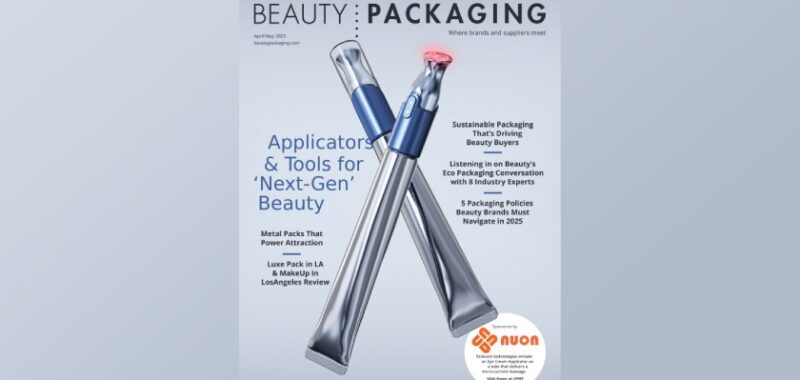As we add the finishing touches to our latest issue, many people in the cosmetics business (and elsewhere) are contemplating the disruptive effects that tariffs and a fluctuating economy could have on the industry.
It was a topic of much speculation on the show floor at Luxe Pack LA and MakeUp in LosAngeles in February as publisher Jay Gorga and I spoke with suppliers and brands. Many international exhibitors touted their manufacturing facilities in multiple countries, while U.S. packaging and cosmetic suppliers promoted domestic manufacturing.
While some attendees told us that interest was waning among buyers looking only at pricing, most suppliers agree that eco-friendly packaging is growing as a consumer mandate.
Overall, “green” legislation (especially abroad) continues. The European Union (EU) Packaging and Packaging Waste Regulation, which promises to tackle environmental challenges caused by excessive packaging, went into effect in February. It aims to cut greenhouse gas emissions, water use, and “environmental costs” in the packaging industry.
In the U.S., L’Oréal and P&G recently announced support of small-format packaging recovery, which remains a recycling hurdle. The decision was a reaction to Closed Loop Partners’ Center for the Circular Economy’s research, and their call for brands to join efforts to increase the recovery of small-format plastic packaging.
Concurrently, year-end data from Circana showed that across mass and prestige, U.S. beauty sales hit $33.9 billion in 2024, with fragrance leading the way in both market segments. Broadly speaking, the year can be characterized as “disruption and stabilization,” said Larissa Jensen, Circana’s Senior Vice President of Beauty and Industry Adviser—and a member of Beauty Packaging’s Board of Advisers. “Is it decelerating, is it accelerating? It’s a bit of everything. Sales performance normalized after years of double-digit growth in prestige, and there have been a lot of disruptors in retail.”
NielsenIQ (NIQ), revealed that the global beauty industry is seeing a solid 7.3% increase in year-over-year value. The Latin American and the Africa Middle East regions lead with the biggest growth. E-commerce is driving global beauty sales, with varying levels of growth across regions. In China, an incredible 87% of total hair and skincare sales are made online.
Jay Gorga and I are now back from Cosmoprof Bologna, where we spoke to many international suppliers. Stay tuned to the June issue for the latest thoughts…and scroll down for highlights from the feature stories in this issue.
Jamie Matusow
[email protected]
Highlights from our April/May 2025 issue:
Enjoy reading!

